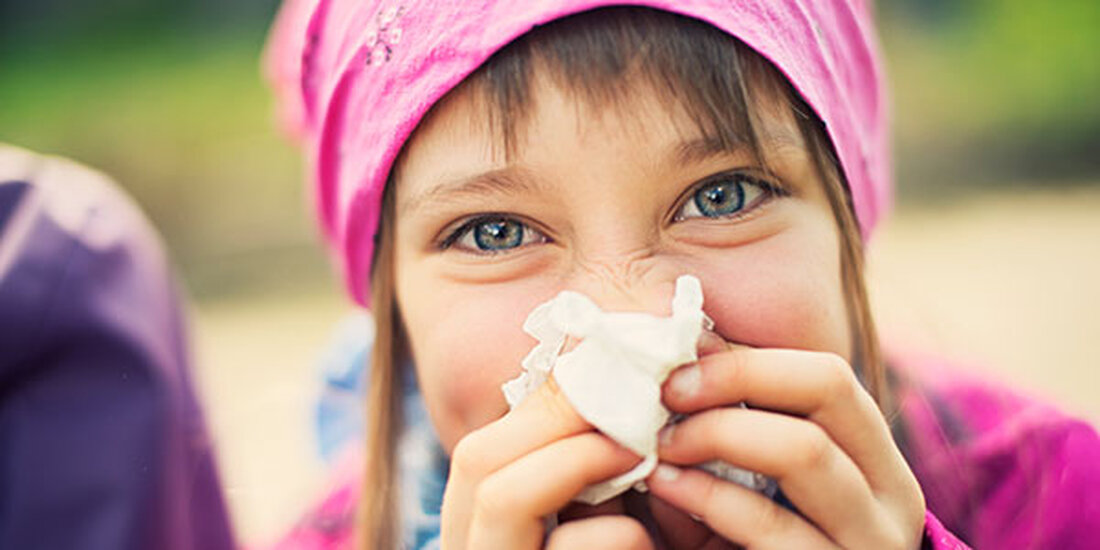House dust mites and the allergies they cause
House dust mite allergy or intolerance is one of the most common medical findings that most physicians make during their allergist practice. These are amazingly small to medium-sized members of the Arachnid class and Acari subclass, similar to spiders and “other relatives” of head lice and ticks. People with this type of allergy are allergic to both the termites and their waste products. Indications include scratchy and dripping eyes, itchy nose, sneezing, coughing, wheezing and dry, itchy skin. Would you have a dust mite allergy? Whenever you might have allergy signs and symptoms around dusts in the house, cockroaches, pets, mice…

House dust mites and the allergies they cause
House dust mite allergy or intolerance is one of the most common medical findings that most physicians make during their allergist practice. These are amazingly small to medium-sized members of the Arachnid class and Acari subclass, similar to spiders and “other relatives” of head lice and ticks. People with this type of allergy are allergic to both the termites and their waste products. Indications include scratchy and dripping eyes, itchy nose, sneezing, coughing, wheezing and dry, itchy skin.
Would you have a dust mite allergy? Whenever you might have allergy signs and symptoms around dust in the home, other likely allergy sources include cockroaches, pets, mouse and rat droppings, and mold. During the time of year when allergies are prevalent, you will most likely even find significant amounts of pollen in house dust. This is precisely why it is important that you have a skin test performed by an allergist to pinpoint the source of your allergic reactions. With this method, if you go to the difficulty and effort of environmental prevention, you can prevent certain things that you have allergies to.
Doctors have learned of clients who gave away the family cat and then discovered that it was a dust mite allergy that made their child unwell, or other people who underwent strict dust mite prevention measures only to find out that they were not hypersensitive to mites in any way. Immediately after the skin test, patients with a house dust mite allergy are usually defensive about their household habits.
With a tiny amount of effort, you can significantly reduce your exposure to these mites and subsequently reduce allergy signs and symptoms resulting from exposure. However, to defeat the dust mite, we must first recognize how it exists and thinks. Termites love our skin. Believe it or not, these love to feed on our skin, especially the skin cells that we normally get rid of and fall off our bodies.
Termites are not airborne. This is mainly because they are overweight, but also mainly because there is no food (i.e. dead skin) in the air (until you have incredibly bad dandruff or flaky body pores and skin. Therefore, we come across high activity in bedding, in clothing, in upholstered household furniture and to a lesser extent in carpets. Jumping up and down on the mattress or thorough cleaning can set the termites off for a allow limited time to pass in your home (a good excuse for those with termite allergies). going to the beach while another person without a mite allergy vacuums and/or performs other anti-dust mite activities).
Mites simply live where there is plenty of food, moisture and warmth. When it comes to mites, this is usually our bed. In many ways, our bed is the best place for dust mites as well as for humans: most of us just like sleeping there because it's warm and cozy! And we as humans also tend to shed most of our skin in bed. And that's great news for our avid dust mite bed companions. But dust mites breed anywhere there is warmth and moisture, not just in your bed. This may be why you may experience a few heavy sneezes and gasps when opening a house that has been closed for a very long time.
Inspired by Steph Boone

 Suche
Suche
 Mein Konto
Mein Konto
